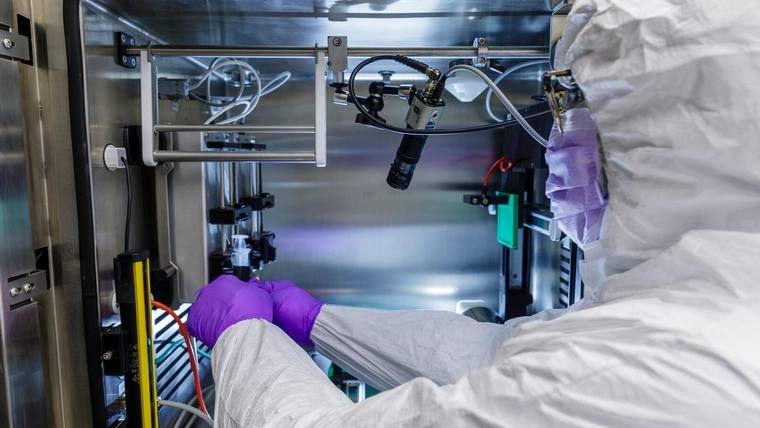Overview
Osteoarthritis is the most common form of arthritis, affecting millions of people worldwide. It happens when the protective cartilage that cushions the ends of the bones wears down over time.
Although osteoarthritis can damage any joint, the condition most commonly affects joints in the hands, knees, hips and spine.
Osteoarthritis symptoms can usually be managed, although the damage to joints can't be reversed. Staying active, maintaining a healthy weight and receiving certain treatments might slow progression of the disease and help improve pain and joint function.
Symptoms
Osteoarthritis symptoms often develop slowly and worsen over time. Symptoms of osteoarthritis include:
- Pain. Affected joints might hurt during or after movement.
- Stiffness. Joint stiffness might be most noticeable upon awakening or after being inactive.
- Tenderness. Joints might feel tender when you apply light pressure to or near them.
- Loss of flexibility. You might not be able to move your joint through its full range of motion.
- Grating sensation. You might feel a grating sensation when you use the joint, and you might hear popping or crackling.
- Bone spurs. These extra bits of bone, which feel like hard lumps, can form around the affected joint.
- Swelling. This might be caused by soft tissue inflammation around the joint.

Osteoarthritis of the spine
In osteoarthritis of the spine, disks narrow and bone spurs form.

Osteoarthritis of the hip
The hip joint on the right side of the image shows bone spurs and worn cartilage caused by osteoarthritis.
When to see a doctor
If joint pain or stiffness doesn't go away, make an appointment with your healthcare professional.
From Mayo Clinic to your inbox
Causes
Osteoarthritis happens when the cartilage that cushions the ends of bones in the joints gradually wears away. Cartilage is a firm, slippery tissue that allows nearly frictionless joint motion.
Eventually, if the cartilage wears down completely, bone will rub on bone.
Osteoarthritis doesn't only affect the cartilage. It also affects the entire joint. It causes changes in the bone and weakens the strong bands of tissue that hold the joint together and attach muscle to bone. It also may cause swelling of the joint lining.
Risk factors
Factors that can increase your risk of osteoarthritis include:
- Older age. The risk of osteoarthritis increases with age.
- Sex assigned at birth. People assigned female at birth are more likely to develop osteoarthritis, though it isn't clear why.
- Obesity. Carrying extra body weight contributes to osteoarthritis in several ways. The more you weigh, the greater your risk. Increased weight adds stress to weight-bearing joints, such as the hips and knees. Also, fat tissue produces proteins that can cause harmful swelling in and around your joints.
- Joint injuries. Injuries, such as those that happen when playing sports or from an accident, can increase the risk of osteoarthritis. Even injuries that occurred many years ago can increase the risk of osteoarthritis.
- Repeated stress on the joint. If a job or sport places repetitive stress on a joint, that joint might develop osteoarthritis someday.
- Genetics. Some people inherit a tendency to develop osteoarthritis.
- Bone deformities. Some people are born with malformed joints or defective cartilage.
- Certain metabolic diseases. These include diabetes and a condition in which your body has too much iron, called hemochromatosis.
Complications
Osteoarthritis is a disease that worsens over time, often resulting in chronic pain. Joint pain and stiffness can become severe enough to make daily tasks difficult.
Depression and sleep disturbances can result from the pain, stiffness and mobility issues of osteoarthritis.

